Image Gallery: The Beautiful Sarcophagus of an Egypt Pharaoh
Sarcophagus Fragments
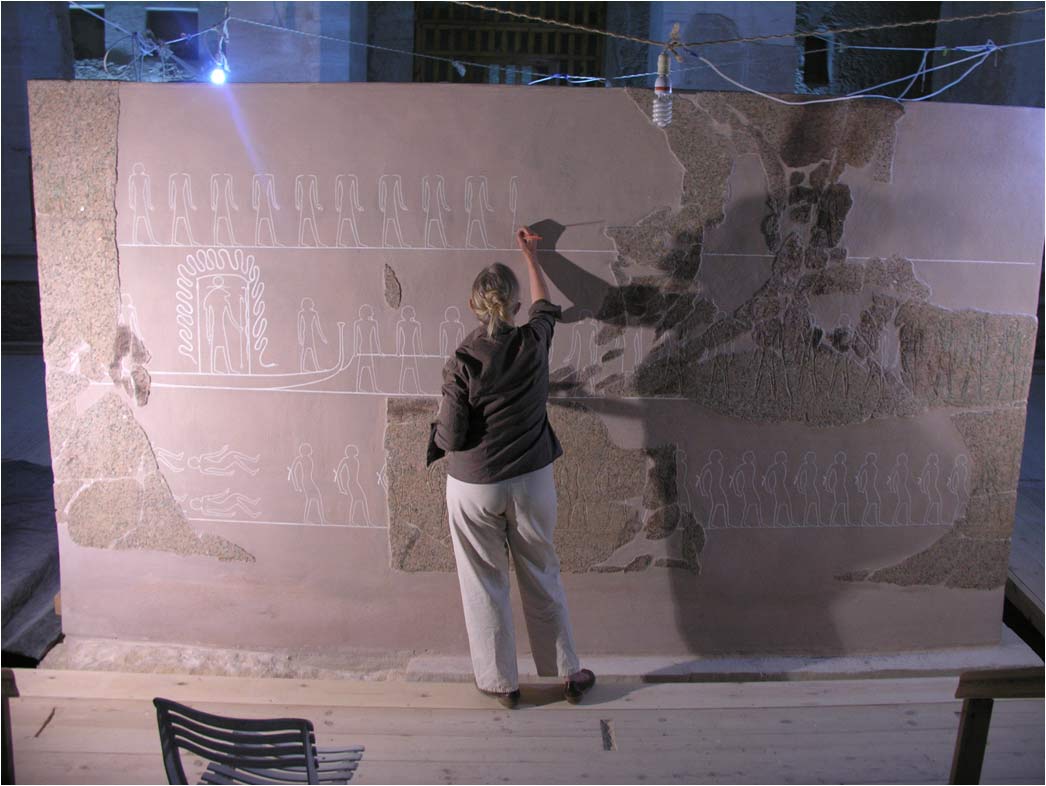
Archaeologist Lyla Pinch Brock at work reconstructing a giant outer sarcophagus box belonging to Egyptian pharaoh Merneptah. The stone fragments are the original 3,200-year-old remains while the space in between is a reconstruction. This particular scene is from the second hour of the "Book of Gates," a work that depicts the sun god's journey through the night.
Merneptah Mummy
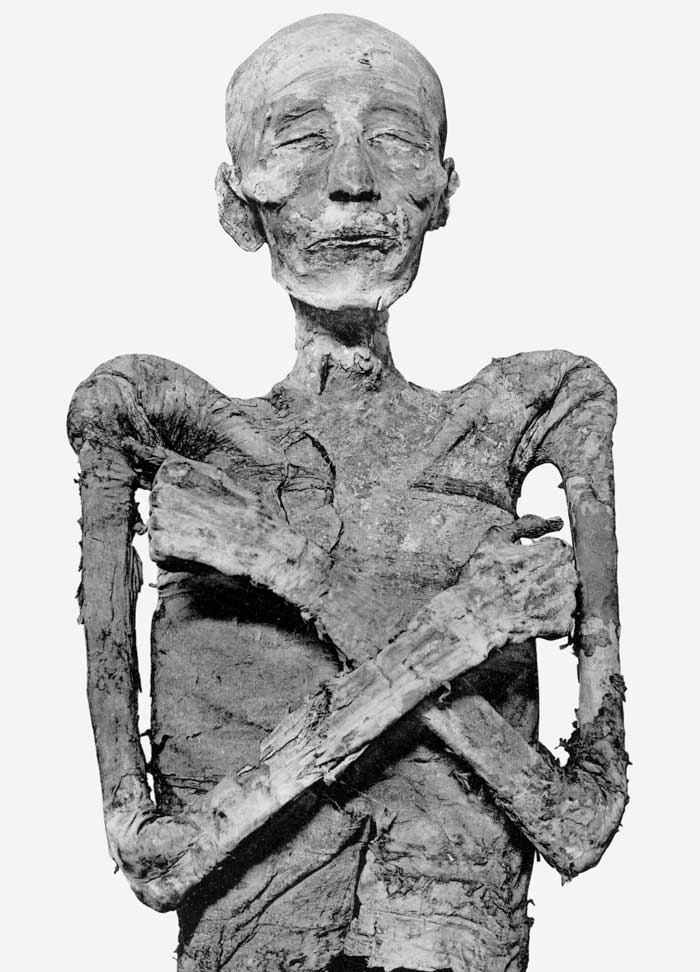
The mummy of Merneptah was encased in a series of four sarcophagi, set one within the other. After his tomb was robbed, more than 3,000 years ago, he was reburied elsewhere and his two outer sarcophagi boxes were broken up.
In Color
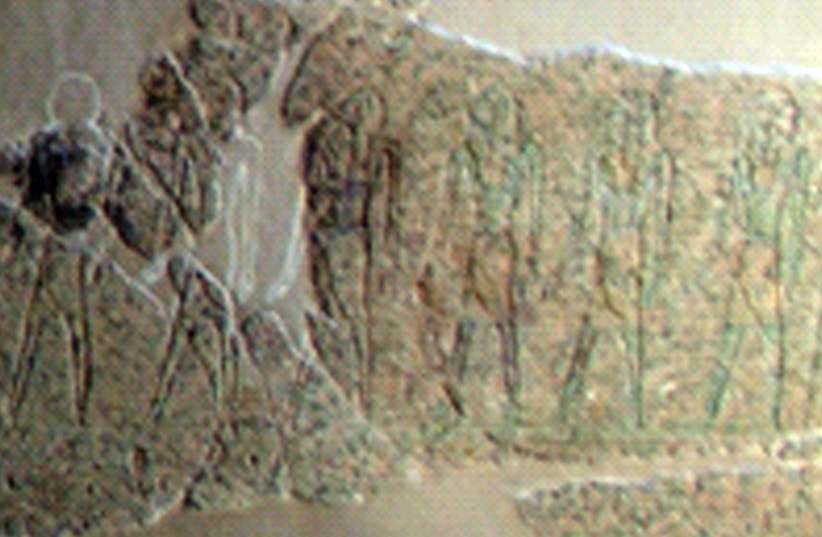
The decorations on Merneptah's different sarcophagi offer a clue as to why he built four of them, which were nested in one another like Russian dolls. Some of the decorations still have color on them. The figures here, referred to by Egyptologist Erik Hornung as "gods in the entrance," appear green and are wearing kilts.
Sun God
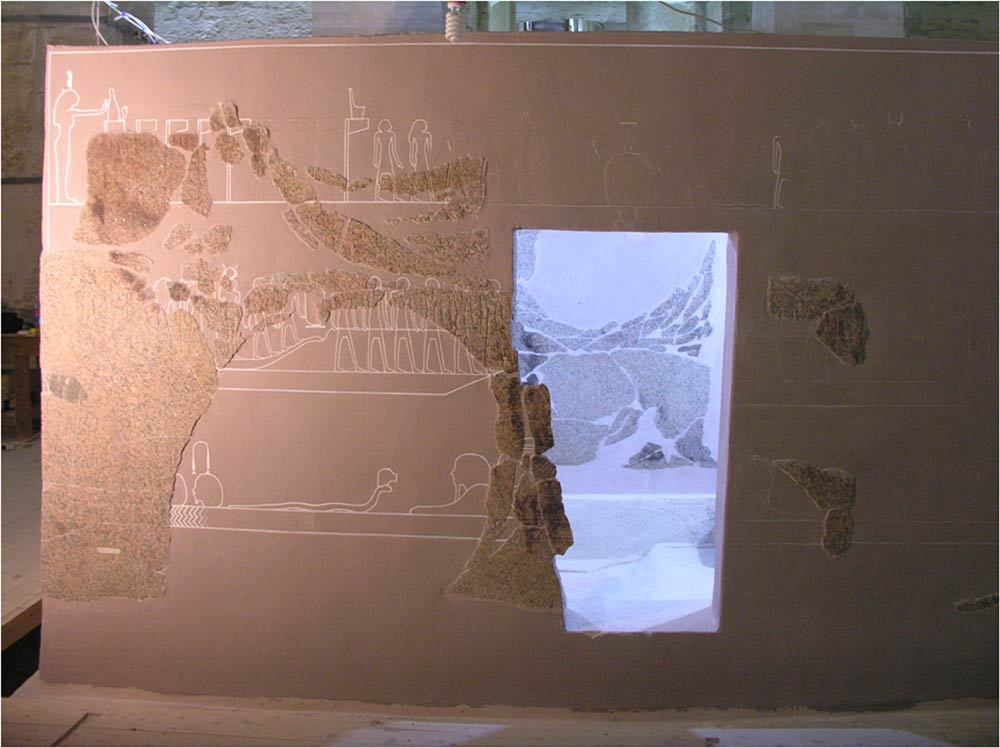
This scene depicts hour five of the "Amduat," a book that also chronicles the sun god's journey at night. In this section he passes through the cavern of a god named Sokar. When re-assembling the box archaeologists had to temporarily leave an opening that allowed them to work on the interior.
Box Reconstruction
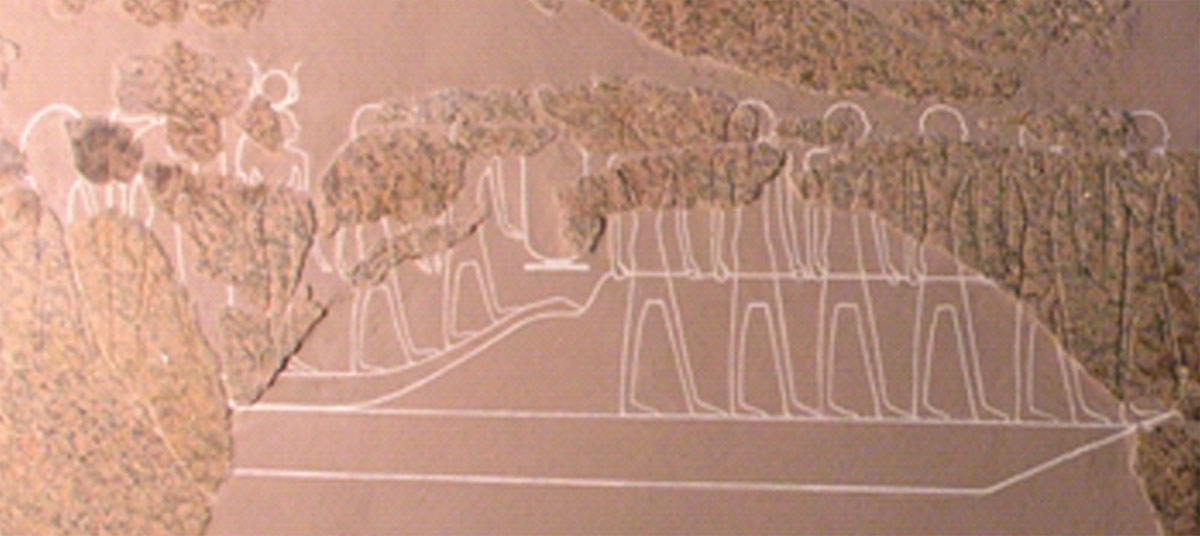
The original stone fragments of the sarcophagi mesh well with the reconstructed portion. The surviving fragments account for about one-third of the outer box.
God Osiris
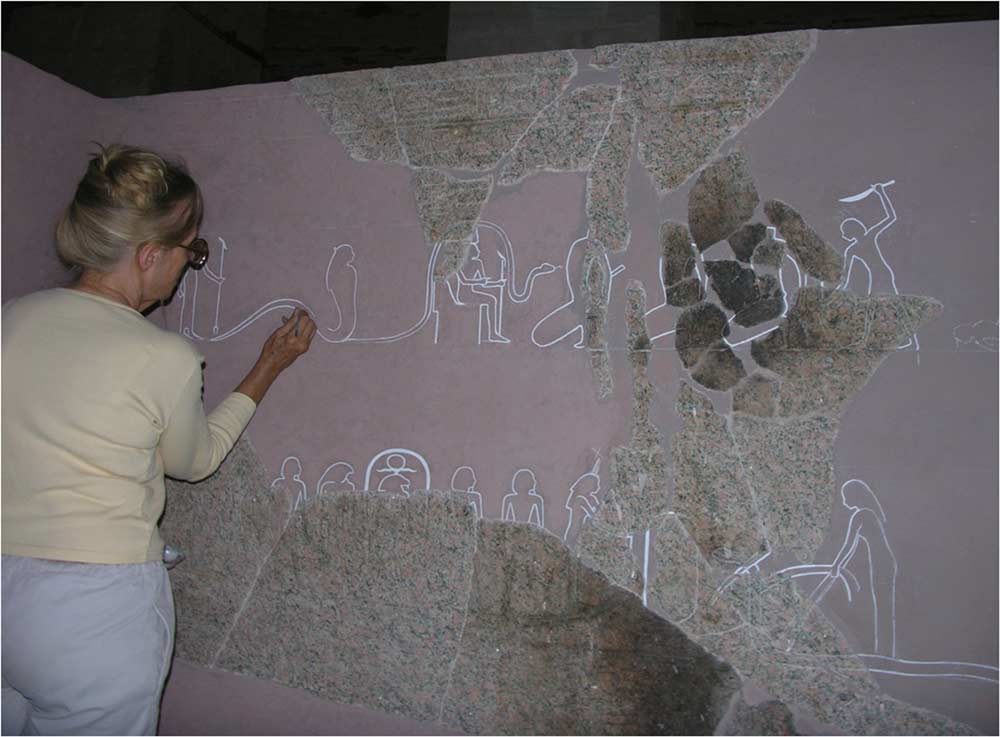
The interior of the sarcophagus box was decorated even though nobody would have been able to see it when it was brought into the tomb. The upper scene shows the god Osiris seated on a throne, surrounded by a Mehen serpent protecting him. In front of him his enemies are being decapitated.
Sarcophagus Lid
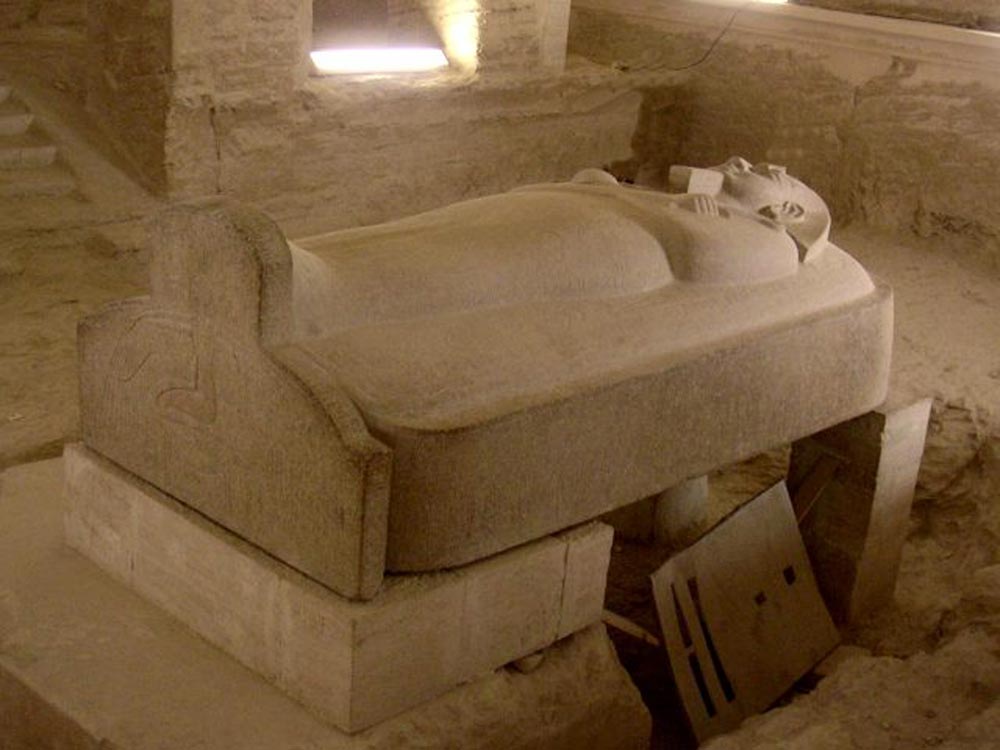
The lid of the second sarcophagus bearing an image of Merneptah. This would have been completely enclosed by the outer sarcophagus box and lid.
Sign up for the Live Science daily newsletter now
Get the world’s most fascinating discoveries delivered straight to your inbox.
Sea Peoples
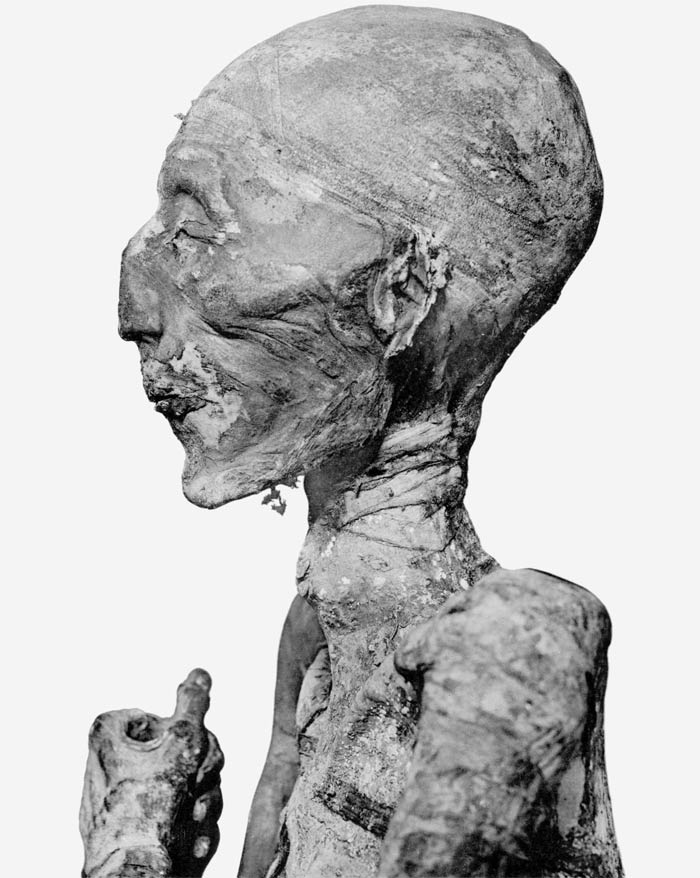
The mummy's head in profile. In life Merneptah was something of a warrior king. He defeated the Libyans and a group known as the "Sea Peoples" in a great battle. He also campaigned in the Levant attacking, among others, a group he called "Israel," the first mention of this people.
Merenptah Statue
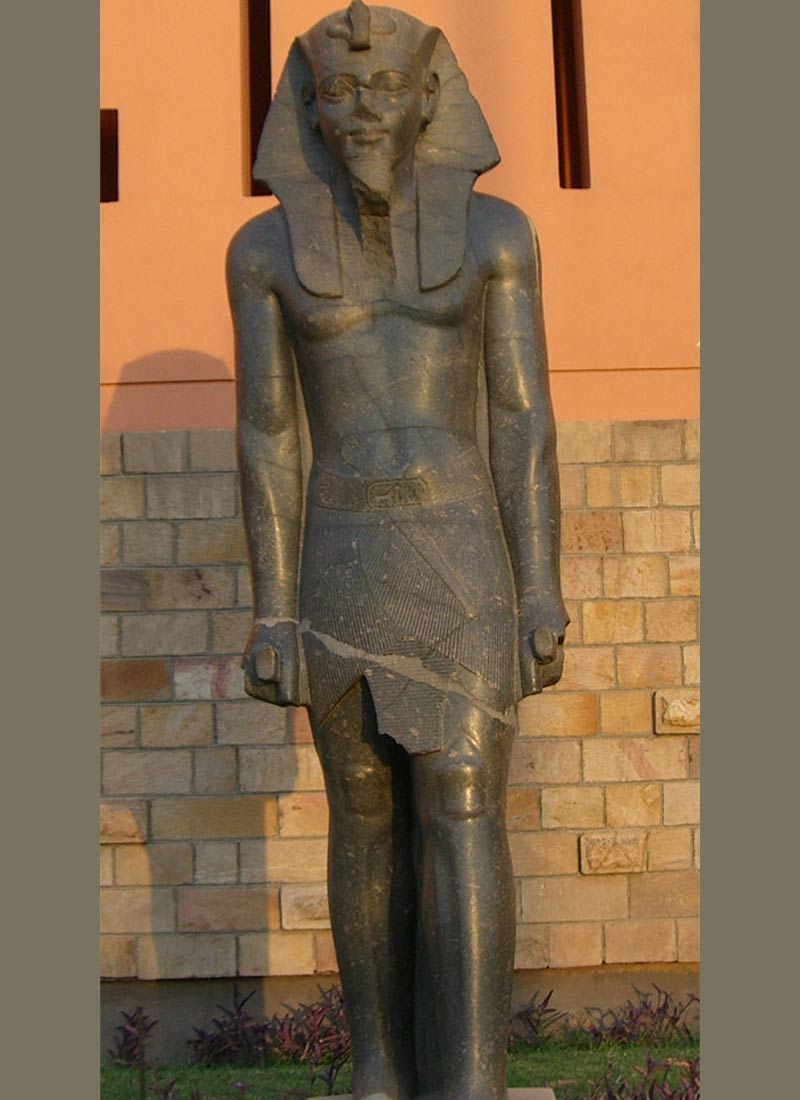
A statue of Merenptah from Luxor Temple. Why this king chose to be buried in a sarcophagus so massive is a mystery.
Valley of the Kings
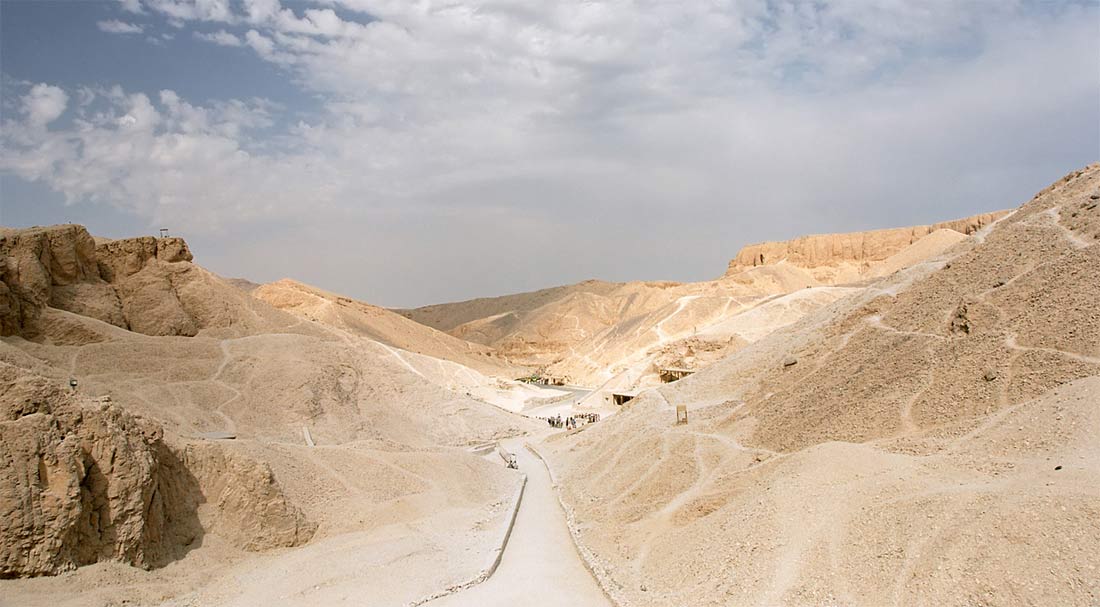
A view of the Valley of the Kings, the burial place of rulers from Egypt's New Kingdom period (ca. 1550-1070 B.C.), including Merenptah.

Owen Jarus is a regular contributor to Live Science who writes about archaeology and humans' past. He has also written for The Independent (UK), The Canadian Press (CP) and The Associated Press (AP), among others. Owen has a bachelor of arts degree from the University of Toronto and a journalism degree from Ryerson University.









